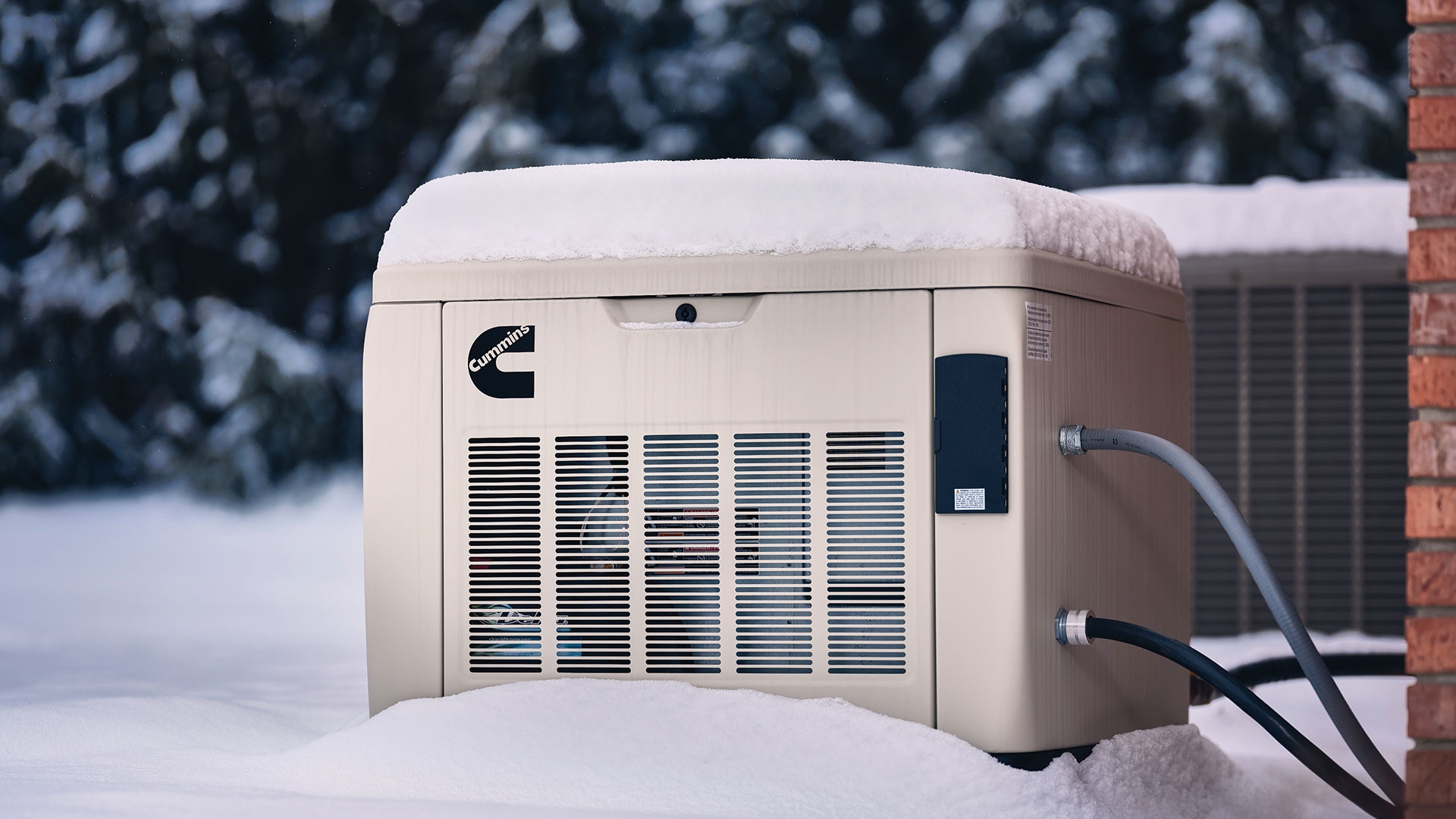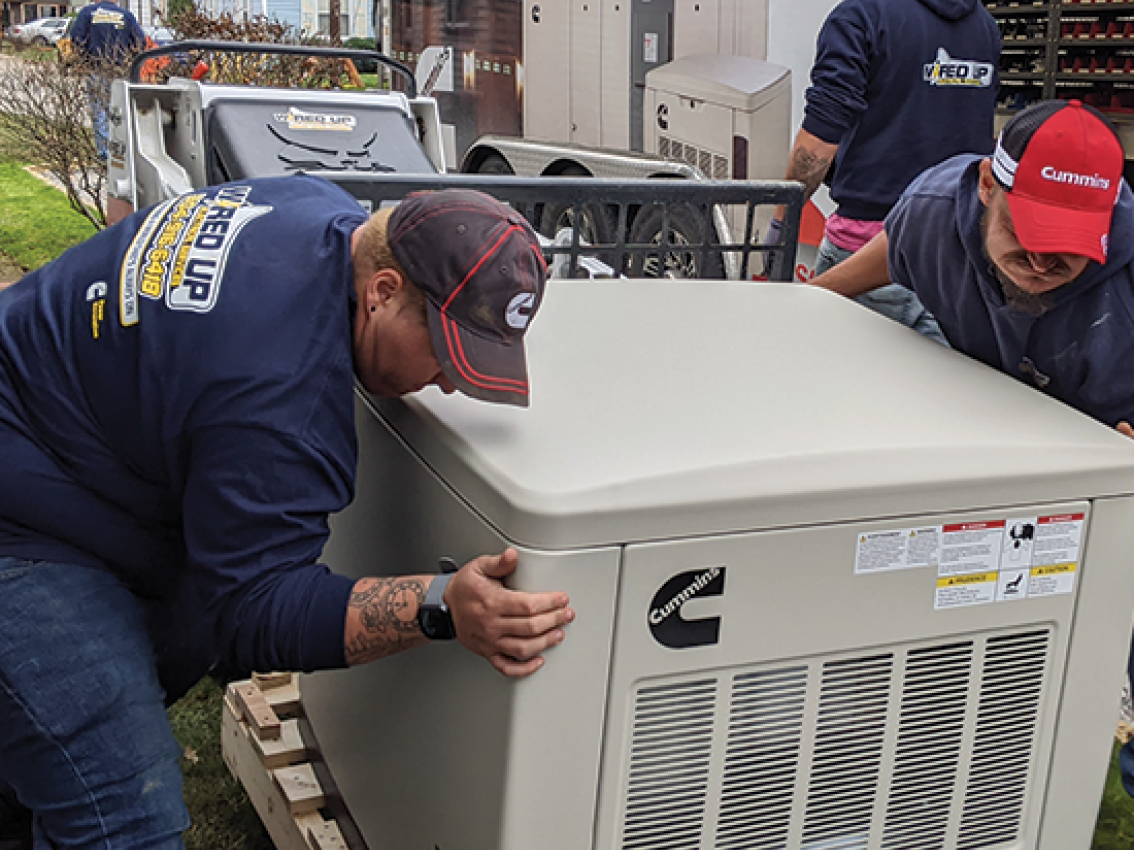
Generator Safety
Cummins Home Standby Generators offer you peace of mind during power outages. Take the steps to ensure that you are operating your generator safely.
Keep your family safe while operating your generator
Generators emit exhaust that contains carbon monoxide.
Here are a few tips for keeping your family safe while operating a generator during your next power outage. While these tips are great for safely operating a Cummins generator, they do not guarantee safety. For information on your home standby generator, reference the manufacturer's instructions or operator's manual.
How to safely operate portable gas or diesel generators
- Always follow manufacturer instructions or operator's manual when setting up a generator.
- Never use a generator inside your home or garage. They should be used outdoors in well-ventilated areas that are at least 20 feet away from any homes or dwellings.
- Look for any places air can enter the home near your unit and ensure that those are properly closed and sealed off. This includes, but is not limited to, windows, doors, air intakes, nearby dryer vents and crawl spaces.
- Reliable, approved and operable battery powered carbon monoxide detector alarms should be installed in proper locations on each floor in the home as specified by the manufacturer.
- Give these generators breaks that allow for any concentrated exhaust to clear away from the area. Open your windows and doors during this break to air out any concentration that may have collected in your home.
- Ensure that your generator is being appropriately maintained, including regular oil changes.
How to safely operate permanently installed gas or diesel generators
- Install the generator set outdoors only. Work with a professional installer to locate the generator away from windows, doors and other openings to the house where exhaust gases will disperse away from the house or occupied areas.
- Install all parts of the generator enclosure at least 60 inches from any openings in walls of structures that may be occupied. Examples of wall openings include, but are not limited to, operable windows, doors, dryer vents, fresh air intakes for heaters, etc.
- Look for any places air can enter the home near your unit and ensure that those are properly closed and sealed off. This includes, but is not limited to, windows, doors, air intakes, nearby dryer vents and crawl spaces. The generator must be located such that exhaust gases are not able to accumulate in an occupied area.
- Ensure that generators are used, maintained and operated in accordance with manufacturer recommendations or operator's manual. If there is a concern that the installation standards have not been met, get an appropriate party, such as the installer, to inspect it.
- Give these generators breaks that allow for any concentrated exhaust to clear away from the area. Open your windows and doors during this break to air out any concentration that may have collected in your home.
- Check the exhaust system for corrosion, obstruction and leaks every time you start the generator set and every eight hours when running continuously.
- Ensure that your generator is being appropriately maintained, including regular oil changes.
- Reliable, approved and operable battery powered carbon monoxide detector alarms should be installed in proper locations on each floor in the home as specified by the manufacturer.
Contact a Dealer

Cummins Home Standby Generators are extremely quiet, aesthetically pleasing and remotely accessible. If you have not yet taken the step to purchase a backup generator, consider scheduling a painless home assessment with your nearest Cummins dealer. In just a few minutes you can know exactly how little the ultimate peace of mind can cost. If you already own a home or small business generator, consider contacting your nearest certified dealer to perform a routine maintenance check for safety.